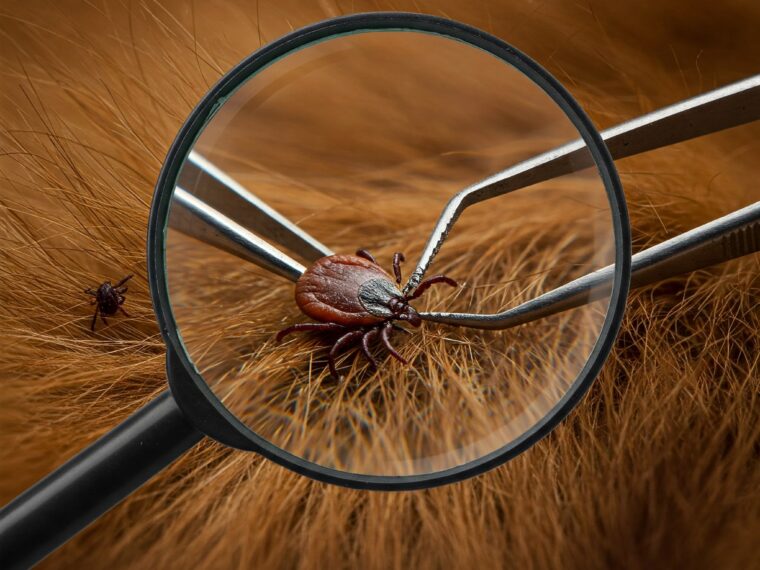- Drowning: Submerge the tick in a container filled with rubbing alcohol (70% isopropyl alcohol) or soapy water. Let it soak for at least 24 hours to ensure its death.
- Sealing: Place the tick in a small, sealable plastic bag or an airtight container. You can then safely dispose of it in the trash.
- Flushing: If you are certain of its death (for example, after prior drowning), you can flush the tick down the toilet.
- Preservation (in case of symptoms): If you develop symptoms after a tick bite, it may be helpful to preserve the tick in a small vial containing some rubbing alcohol and show it to your doctor. This can aid in diagnosis.
In Summary: A Simple Act with Potentially Significant Consequences
The image and the message it conveys are clear: crushing a tick after removing it is an action to be avoided at all costs. The risks of releasing and transmitting pathogens are real and can have serious consequences for your health or the health of your loved ones and pets. Always prioritize safe disposal methods such as drowning or sealing to get rid of ticks with peace of mind. Prevention, through the use of repellents and careful inspection after outdoor exposure, remains the best protection against tick bites and the diseases they can transmit.




